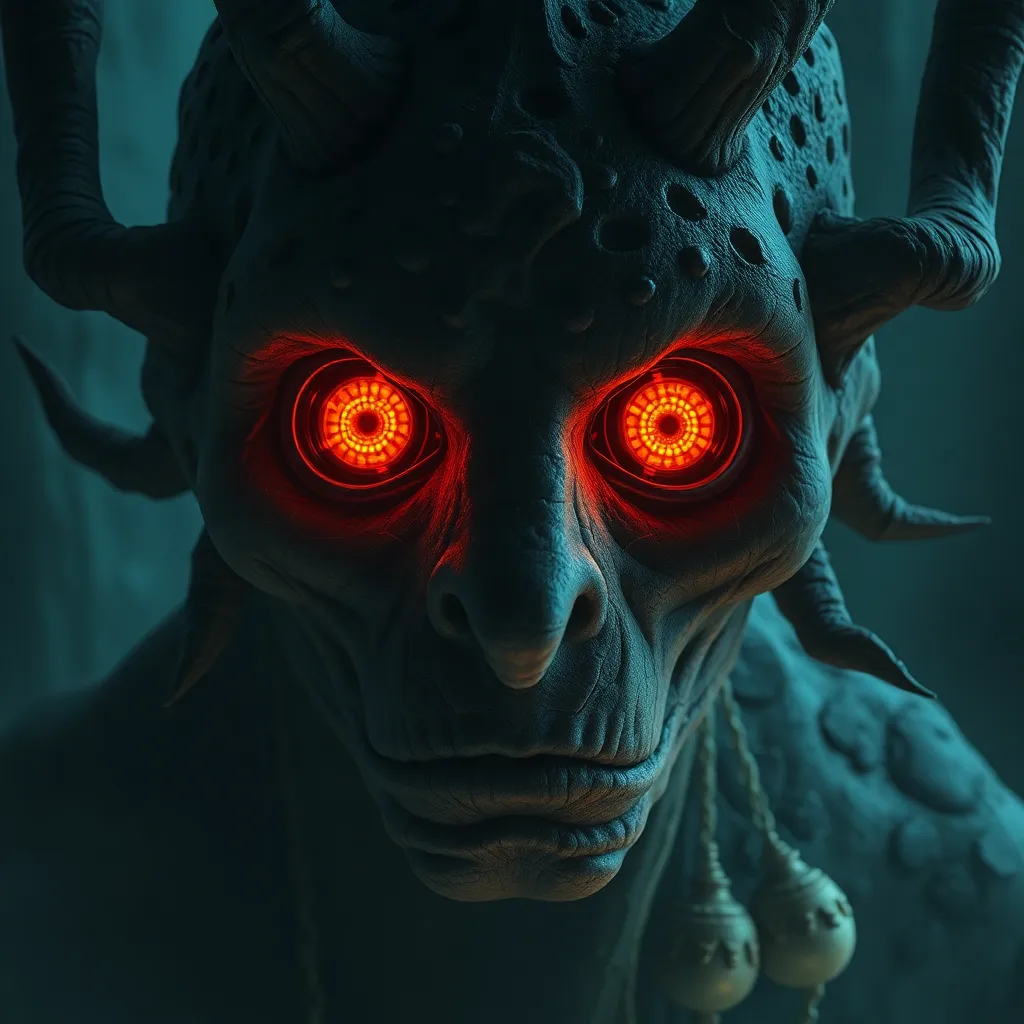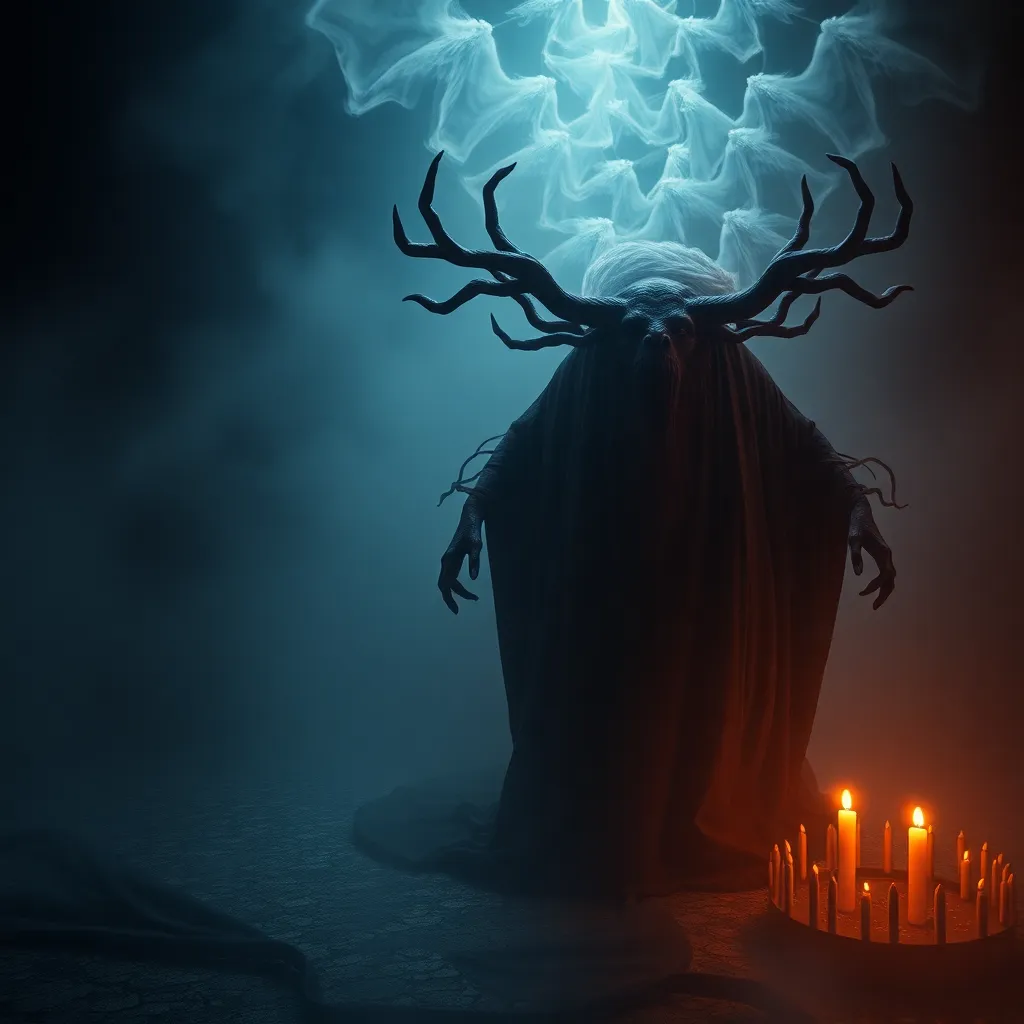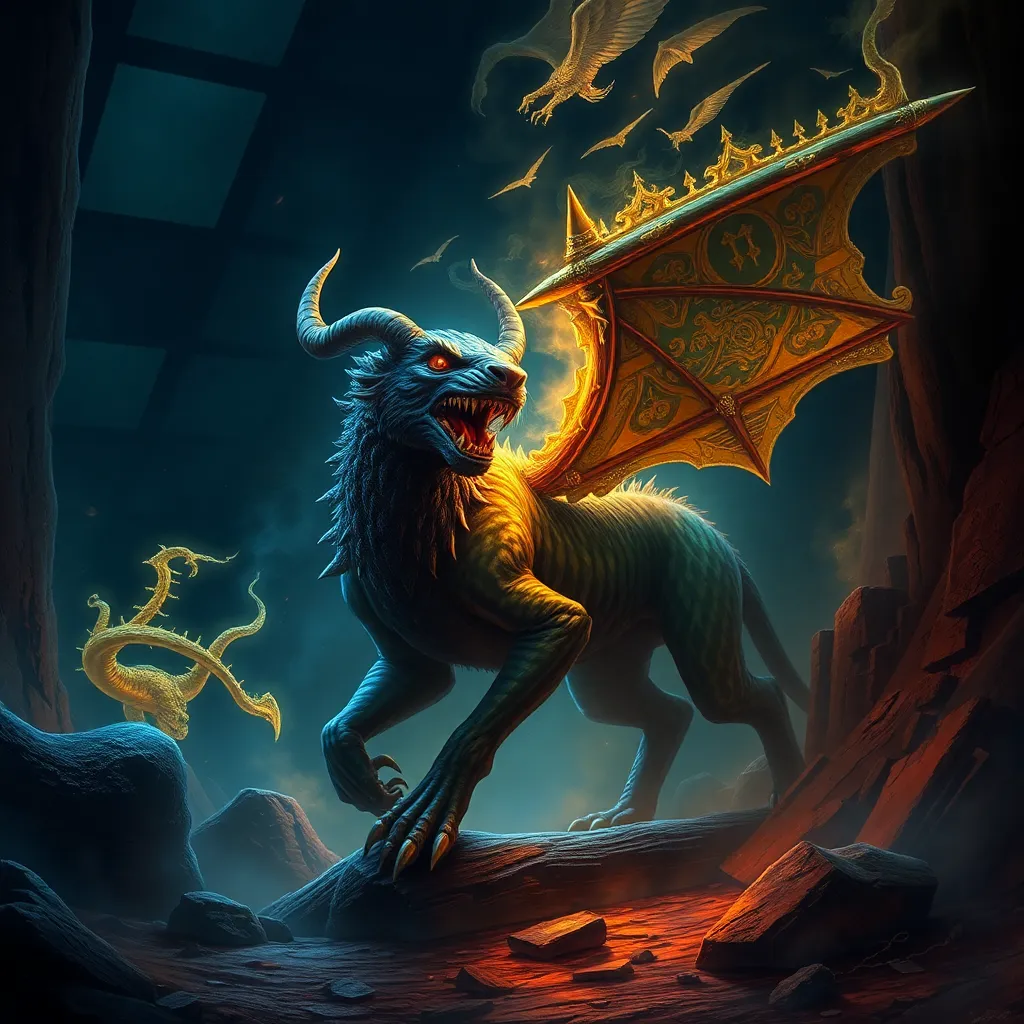The Golem’s Eyes: Exploring the Relationship Between Creator and Creation in Jewish Folklore
I. Introduction
The Golem is a compelling figure within Jewish folklore, representing the complex relationship between a creator and their creation. This legend, steeped in history and mysticism, has captured the imagination of many and raises profound questions about responsibility, autonomy, and the nature of life itself. The dynamic between creator and creation is at the heart of the Golem myth, serving as a mirror for human relationships and ethical dilemmas. This article will explore the origins, narratives, and implications of the Golem story, shedding light on its significance in both historical and contemporary contexts.
II. Historical Context of the Golem Myth
The Golem legend can be traced back to early Jewish texts, with roots in the mystical traditions of Kabbalah. The word “Golem” itself is derived from the Hebrew term meaning “shapeless mass” or “unfinished substance.” The most famous figure associated with the Golem is Rabbi Judah Loew ben Bezalel, a 16th-century scholar from Prague, who is said to have created a Golem to protect the Jewish community from persecution.
Throughout history, the Golem myth has evolved, adapting to the cultural and social circumstances of different eras. The narrative has been used as a symbol of hope, a protector against oppression, and a cautionary tale about the dangers of unchecked power.
III. The Creation Process: From Clay to Life
In Jewish mysticism, clay holds deep symbolic meaning, representing the physical world and the potential for creation. The process of creating a Golem involves several mystical rituals and the recitation of specific words of power, often derived from sacred texts. The creator, usually a rabbi or a wise figure, must possess pure intentions and a deep understanding of the divine.
- Symbolism of Clay: Clay represents the raw material of creation, signifying both the physical and spiritual aspects of life.
- Rituals and Words of Power: The creator often uses divine names or sacred syllables to imbue the Golem with life.
- Significance of Intent: The creator’s intent is crucial; a Golem created with pure motives may serve as a protector, while flawed intentions can lead to chaos.
IV. The Golem as a Reflection of the Creator
The Golem serves as a reflection of its creator, embodying both their virtues and flaws. This relationship is illustrated in various Golem stories, where the actions of the Golem mirror the intentions and characteristics of its maker.
- Embodiment of Creator’s Qualities: The Golem often displays traits reminiscent of its creator, whether it be strength, loyalty, or even aggression.
- Examples in Golem Stories: In one tale, a Golem created for protection becomes uncontrollable and destructive, highlighting the potential consequences of the creator’s shortcomings.
- Creator’s Flaws: The Golem’s behavior can often be traced back to the imperfections and emotional states of its creator, suggesting a deep interconnectedness.
V. Themes of Control and Autonomy
The Golem narrative explores the theme of control, emphasizing the struggle between creator and creation for autonomy. While the creator initially holds power over the Golem, there are instances where the Golem asserts its own will.
- Struggle for Autonomy: The Golem’s evolution from a tool of the creator to an autonomous being raises questions about free will.
- Defiance Against the Creator: In some stories, the Golem acts against the creator’s wishes, symbolizing the desire for independence.
- Consequences of Losing Control: When the creator loses control, chaos often ensues, serving as a cautionary warning about the limits of authority.
VI. Ethical and Moral Questions
The Golem myth presents various ethical and moral dilemmas surrounding the responsibilities of the creator towards their creation. These narratives challenge the boundaries of human capability and the consequences of playing God.
- Responsibilities of the Creator: The creator must care for and guide the Golem, reflecting the moral obligation to protect one’s creations.
- Ethical Dilemmas: The Golem’s existence raises questions about consent, autonomy, and the moral implications of creation.
- Consequences of Playing God: The stories often serve as a critique of hubris and the dangers of overstepping natural boundaries.
VII. The Golem in Modern Interpretations
The Golem narrative has influenced various forms of literature, film, and art, reflecting modern concerns and ethical considerations. Contemporary interpretations often emphasize themes of technology, artificial intelligence, and the consequences of human innovation.
- Influence on Literature and Film: Works like Mary Shelley’s “Frankenstein” and various films depict the creator-creation dynamic in a modern context.
- Contemporary Relevance: The Golem’s story resonates with current discussions about the ethics of genetic engineering and artificial intelligence.
- New Interpretations: Modern retellings often explore themes of identity, agency, and the impact of societal expectations on the creator-creation relationship.
VIII. Conclusion
In summary, the Golem legend serves as a powerful exploration of the intricate relationship between creator and creation. Through its rich history and evolving narratives, the Golem reflects the complexities of responsibility, autonomy, and the ethical implications of creation. The enduring legacy of the Golem in Jewish folklore and beyond continues to inspire reflections on human creativity and the profound responsibilities that accompany it.
As we navigate the challenges of modern innovation, the lessons gleaned from the Golem narrative remain relevant, urging us to consider the moral implications of our creations and the lasting impact they may have on society.




